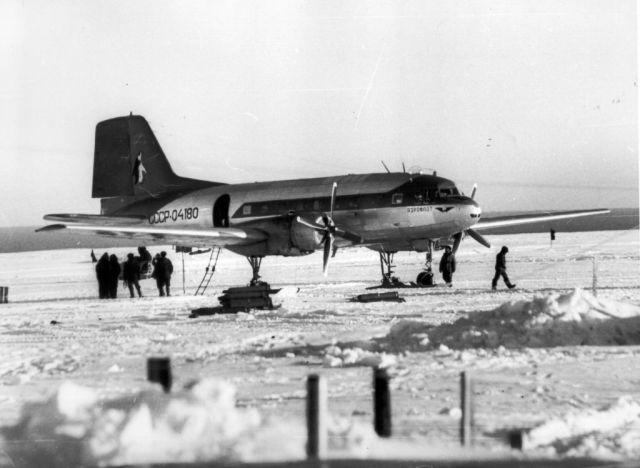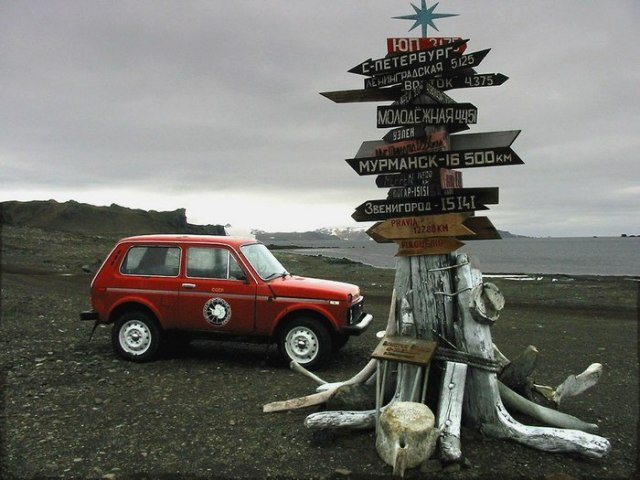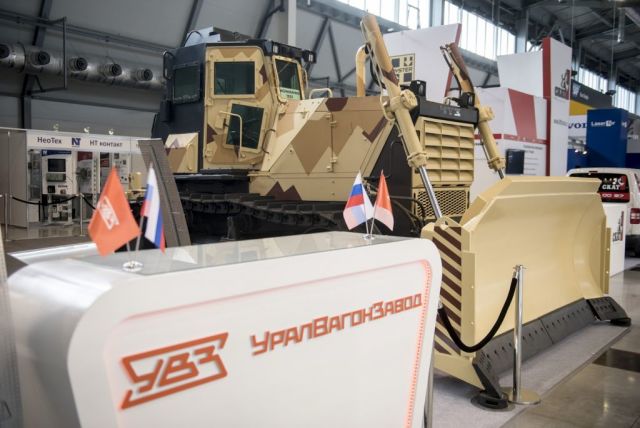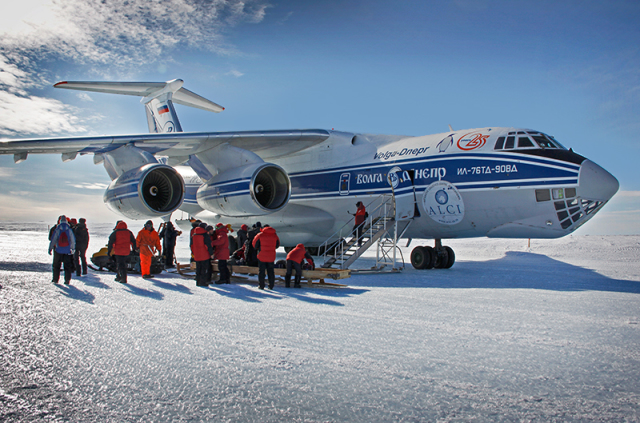Wherever a person lives, wherever he works, mastering the planet, he is accompanied everywhere by faithful assistants – machines and various kinds of high technologies – these are the realities of our technocratic age. And if a person, while carrying out a watch or conducting scientific research, for example, in Antarctica, must withstand its harsh conditions, then appropriate requirements are imposed on the equipment. The developments of the Rostec State Corporation have repeatedly proved that it is quite possible to rely on them where the lowest air temperature on Earth was recorded at one time.
For example, the IL-76TD-90VD aircraft, developed by the Ilyushin Design Bureau (part of the United Aircraft Corporation), successfully fly to Antarctic stations. In our article we tell you what equipment Rostec enterprises use to work on this distant and inhospitable continent.The honorary title of discoverers of Antarctica belongs to Russian navigators Thaddeus Bellingshausen and Mikhail Lazarev.
The expedition under their leadership in 1820 on the sloops "Vostok" and "Mirny" approached the shores of the continent. Both the naval commanders themselves and their ships were later immortalized in the names of the stations operating here.
Active development of Antarctica began already in the XX century. The first whose attempt to reach the South Pole was crowned with success was, as is known, the Norwegian explorer Roald Amundsen. Later, serious geographical, meteorological and other scientific research required a permanent human presence on the continent.
Since 1956, Soviet scientific polar stations Mirny, Vostok, Bellingshausen and others began to appear in Antarctica, and a reliable "air bridge" was required to communicate with them. At first, the basis of such a bridge was the Li-2, Il-12, An-2 aircraft, but still the main load on the transportation of polar explorers and cargo fell on the Il-14 winged vehicle, which coped with its role (and successfully!) until the 1990s. In total, this hard worker on a wheeled and ski chassis has served on Antarctic lines for more than 30 years.

Photo: Polar Marine Exploration ExpeditionOver time, the Southern air fleet was replenished with new machines of the Il family – Il-18 of various modifications, and since 1986 – Il-76TD, which flew from Moscow to the Molodezhnaya and Novolazarevskaya stations and back.
The most accurate description of this aircraft was given by the Honored pilot of the USSR, Georges Shishkin: "The IL-76 and its modifications are not just a good or beautiful aircraft. The most accurate assessment of this car, in my opinion, is the definition of "unique". Even if the Ilyushins had created only one Il-76 aircraft, this would have been enough for the company's name to be inscribed in the history of aviation in golden letters."
Since 2016, the IL-76TD-90VD transporter has been helping to master Antarctica. The more economical and eco-friendly PS-90A-76 engines installed on it increased the flight range of the seventy-sixth. More recently, in November of this year, another airfield became available for this aircraft – at the Progress station. Thus, already six Antarctic stations can receive IL-76 aircraft.
Our famous LADA NIVA SUV has also worked hard on the land of Antarctica. VAZ-2121 arrived in Antarctica, at the Soviet polar station Bellingshausen, in 1990. Of course, previously the car was specially modified for operation in harsh "southern" conditions: the intake air heating system was changed on it, additional noise and thermal insulation was made. Where not every technique can withstand, not to mention people, NIVA has honestly worked for more than ten years, transporting various cargoes, towing ships, delivering scientists to facilities, providing communication between stations. The SUV happened to take part in saving human life, when it was necessary to urgently deliver a sick polar explorer to the doctors.

Here is how the tester Nikolai Makeev, who prepared the car for polar tests and spent a watch with it, speaks about the car: "Judge for yourself: there is a need to move half a ton of scientific cargo to some distance. Before the advent of the car, it looked like transferring the equipment to several walkers in a terrible frost, walking through heavy snow and dragging a sleigh, which is practically harnessed to several people at once. It's no exaggeration to say that people literally prayed for this car."
The LADA NIVA workhorse traveled here until 2005, eventually overcoming more than 14 thousand kilometers on the Antarctic off-road. After the well-deserved car returned home and became a unique exhibit of the AvtoVAZ Museum.
Another Rostec development noted in Antarctica was the B10M bulldozer of the Chelyabinsk Tractor Plant. Tracked vehicles were purchased by the Far Eastern Shipping Company and have already visited the distant continent several times. The car helped in unloading ocean transport. A tractor harnessed to a special pallet sled pulled the cargo from the barge to the shore, towed it to its destination. This is how he delivered equipment, food, fuel and other materials to the Argentine Orcadas station.

Photo: Anton Tushin
However, the fact that Chelyabinsk tractors can work in Antarctica is far from news. The company produced specially prepared machines for Antarctica back in the 1950s. But both at that time and now, the domestic car proved to be reliable and unpretentious, deserving high praise. Therefore, it is no coincidence that the Arctic and Antarctic Research Institute ordered in 2019 to the CHTZ-Uraltrak enterprise a B10MB.6120V4 swamp-moving bulldozer for various kinds of construction work, for example, clearing snow from a runway or a scientific station.
Finally, in the same year 2019, ground stations of satellite communications of the holding "Roselektronika" were installed at the Russian Bellingshausen station. Thanks to them, the accuracy of geopositional data in the GLONASS system has increased.
In order for the satellite communication stations to withstand the conditions imposed by Antarctica, the equipment was specially made in a protective dome, which is a radio-transparent shelter for the antenna post from strong storm winds and snow. In addition, the equipment of the stations is designed for operation without maintenance personnel.
Not only Antarctica is able to test the strength of the equipment with severe frosts and snow: the developments of the State Corporation are being tested on the other side of the earth. Here you can learn about Rostec's products, civil and defense, which serve in the Arctic, proving their reliability and operability on a daily basis.
The material uses fragments of an article by Nikolai Talikov, Chief designer of PJSC "Il", "Il aircraft in the development of the sixth continent" // Aviasoyuz Magazine, No. 1 (79) and fragments of an interview with Nikolai Makeev, test engineer of the Department of road testing and finishing of the car, AVTOVAZ, "LADA NIVA: antarctic business trip" // Parus, No. 8 (53)

